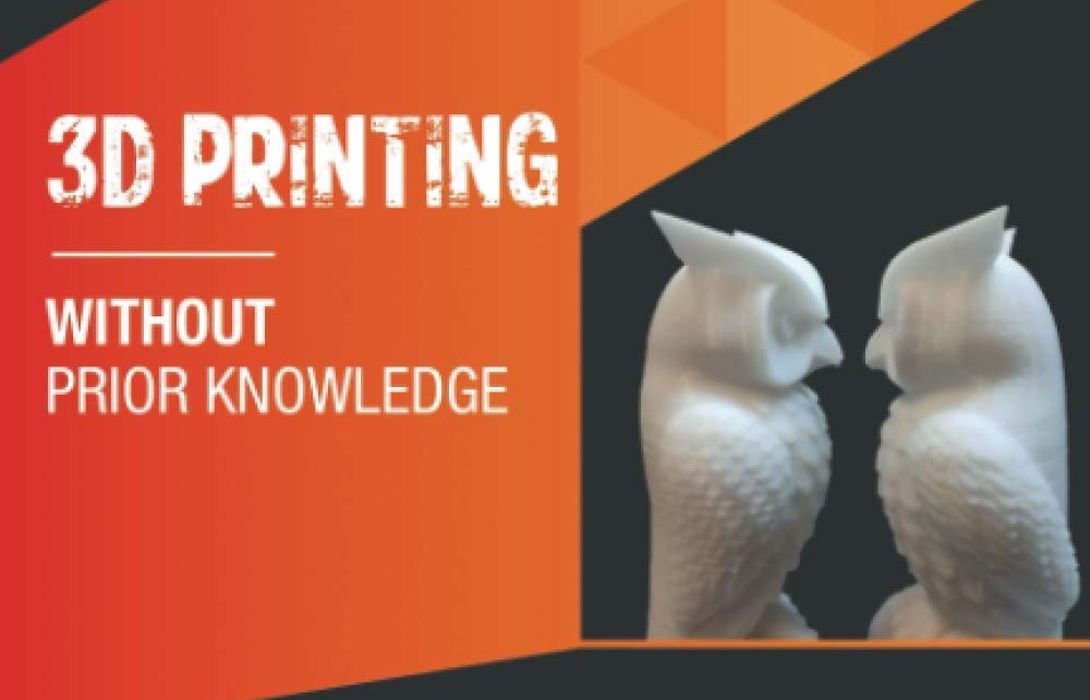
This week’s selection is “3D Printing Without Prior Knowledge: 7 Days To Your First 3D Print” by Benjamin Spahic.
While 3D printing as a technology has been around since the 1980s, its presence in homes and offices is only a recent development. Most locations still do not have a 3D printer, although the number of 3D printers shipped by manufacturers continues to increase.
The implication is that today, over a decade after desktop 3D printers were introduced, we still have staggering numbers of new 3D printer operators on the scene. Because the first to venture into the world of 3D printing were tech-savvy DIY types, the majority of the folks acquiring desktop 3D printers today have far less technical experience.
For some, the fear of unknown tech might overwhelm their desire for personal 3D printing capabilities. That’s not good for our industry, but there are ways around the problem.
One way is this book, which focuses on the precise questions one would need answers for when first considering acquiring a desktop 3D printer.
This book is quite well organized, taking the reader through the necessary introductions in a non-technical manner to arrive at an understanding where practical decisions about 3D printers can be made.
The book begins with a discussion of the three main types of desktop 3D printers: cartesian, polar and delta styles. Note that the book does not consider resin 3D printers, which in my opinion should never be the first 3D printer acquired: they are too complex and dangerous to operate without required experience for most people. FFF is definitely the way to go, and that’s where Spahic focuses the discussion.
Spahic then discusses machine components and their purpose, followed by the main filament material types. I’m impressed that Spahic doesn’t wander into exotic materials that would be confusing for newbies, and instead looks only at the most reasonable materials for beginners.
The remainder of the book discusses how to select and operate a machine, with an entire chapter dedicated to fixing typical failure scenarios.
This is not a long book, nor should it be. Here the author follows the “just the facts” approach in an easy-to-read manner. This is the book to buy before you consider purchasing a desktop 3D printer.
We’re an Amazon Associate and earn a small commission from qualifying purchases. Help support our 3D print news service by checking out this book!
Via Amazon

Good book, I will consider buying it